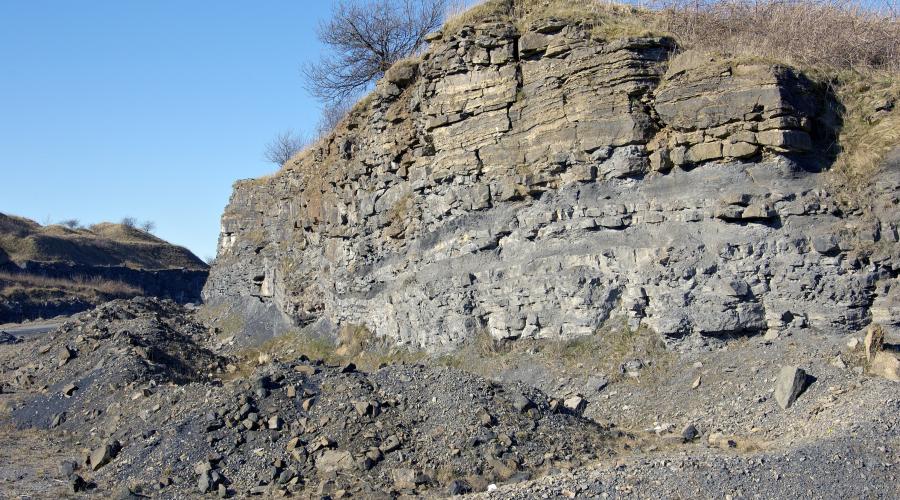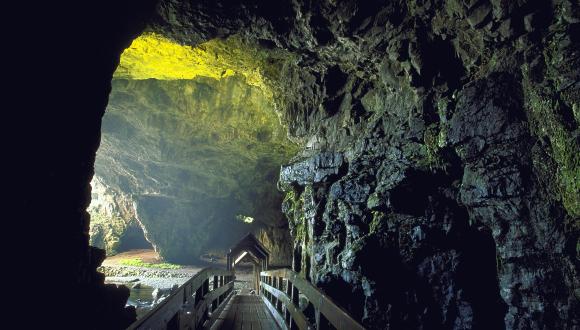
Rocks and landforms
Scotland’s rocks and landforms are part of our world-class geodiversity and must be safeguarded for the future.
Our rocks and landforms:
- range from mineral resources to our active landforms such as river systems and coastal landforms
- underpin our natural ecosystems
- provide us with essential raw materials
- influence our cultural and built heritage
- reveal important information to help us deal with flooding, landslides and climate change
Managing these natural assets to safeguard them for the future is an important part of conserving our natural heritage.
Read more about protecting our geodiversity.
Managing active landforms
Geomorphological processes frequently affect human activity e.g. through flooding, coastal erosion and soil erosion. The costs may be both economic and social.
Management responses
These usually result in locally engineered solutions, like riverbank and coastal protection measures, which are unsuccessful or simply transfer the problem elsewhere.
Part of the issue is that management time frames are typically based on the human experience rather than the geological perspective. But it’s vital to consider this much longer term view to assess natural hazards and to sustainably manage natural resources.
Sustainable management of natural systems calls for Earth science knowledge to be applied when developing more integrated approaches e.g. maintenance of sediment transport at coasts or natural flow regimes in rivers.
Guiding principles of sustainable management
Landscapes are mosaics of geological, natural and cultural features, which must be managed and interpreted in an integrated manner.
The proposed guiding principles of the sustainable management of natural systems are set out below.
- The inevitability of natural change should be recognised.
- Any management or intervention should work with, rather than against, natural processes.
- Natural systems should be managed within the limits of their capacity to absorb change.
- The sensitivity of natural systems should be recognised, including the potential for irreversible changes if limiting thresholds are crossed.
- Natural systems should be managed to maintain natural rates and magnitudes of change and their capacity to evolve through natural processes.
- Natural systems should be managed in a spatially integrated manner (e.g. at a catchment or coastal zone level).
Applying sustainable management
A range of approaches and programmes in various countries now apply many of the above principles.
The Convention on Biological Diversity has adopted the ecosystem approach as a primary framework for action. This approach provides a means for closely integrating geodiversity and biodiversity on a wider scale.





